Detailed Review: Cognitive Consequences of Forced Compliance (1959)
VerifiedAdded on 2023/04/07
|5
|907
|176
Report
AI Summary
This report provides a detailed review of Festinger and Carlsmith's 1959 study on cognitive dissonance and forced compliance. The study investigated how rewards influence opinion change when individuals are compelled to express views contrary to their private beliefs. The experimental design involved participants performing a dull task and then being paid either $1 or $20 to tell others the task was enjoyable. The results indicated that smaller rewards led to greater opinion change, supporting the theory that cognitive dissonance is higher when justification for the behavior is minimal. The review critically appraises the study's methodology, noting its strengths in research design and sample size, but also highlighting limitations such as the exclusive use of male participants, which impacts the generalizability of the findings. The report concludes by discussing the broader implications of the study, suggesting its relevance in understanding motivations behind unethical behavior and its potential application in promoting behavioral change within psychology.
1 out of 5
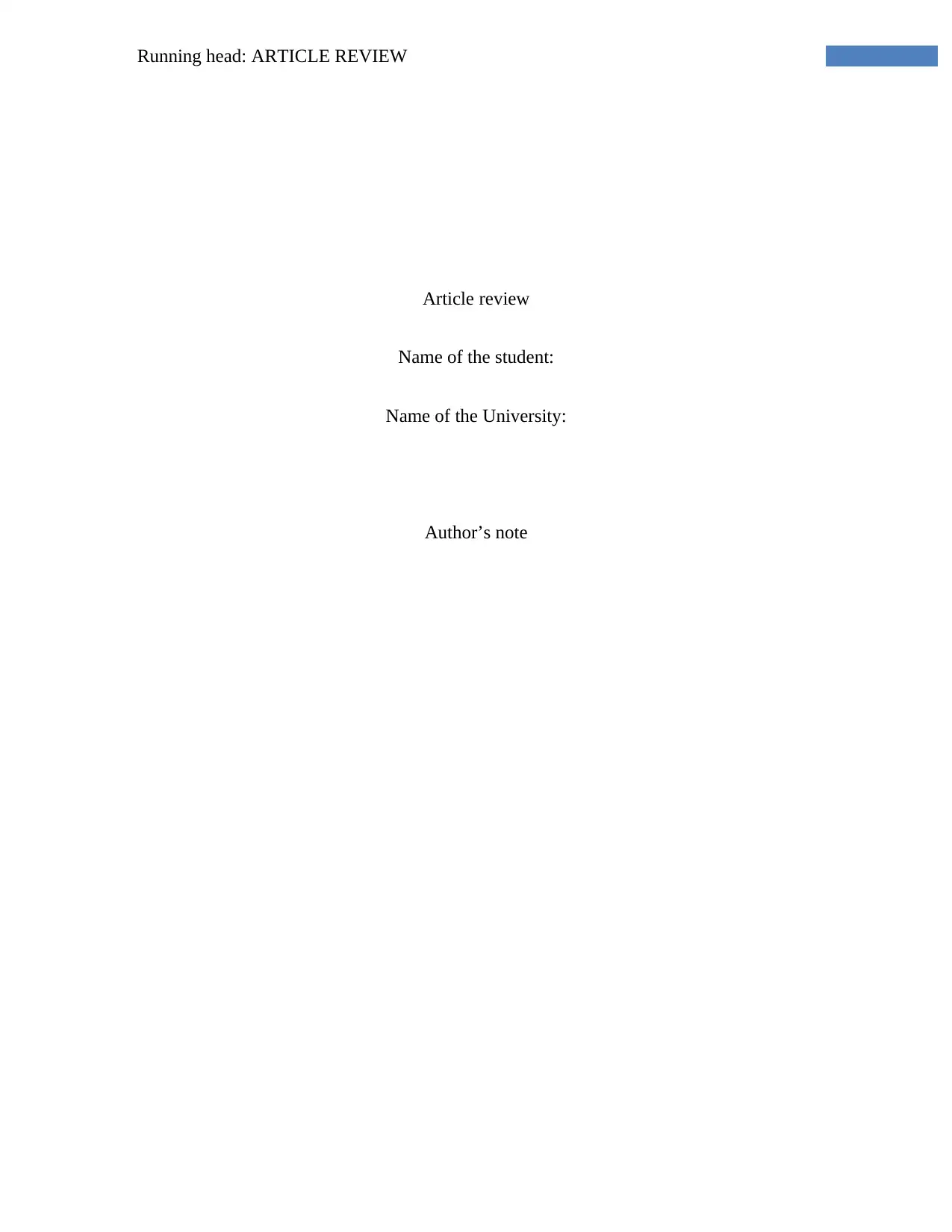
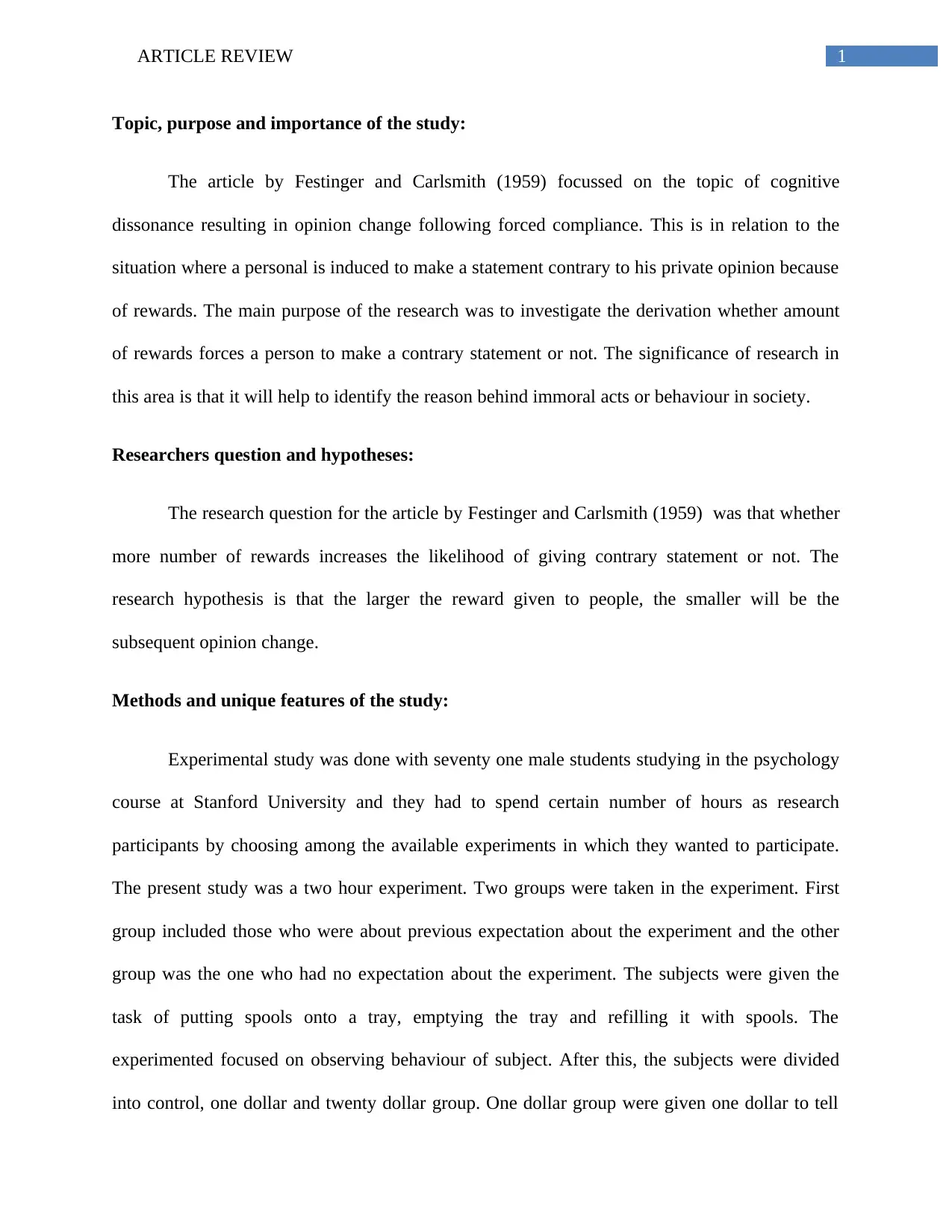
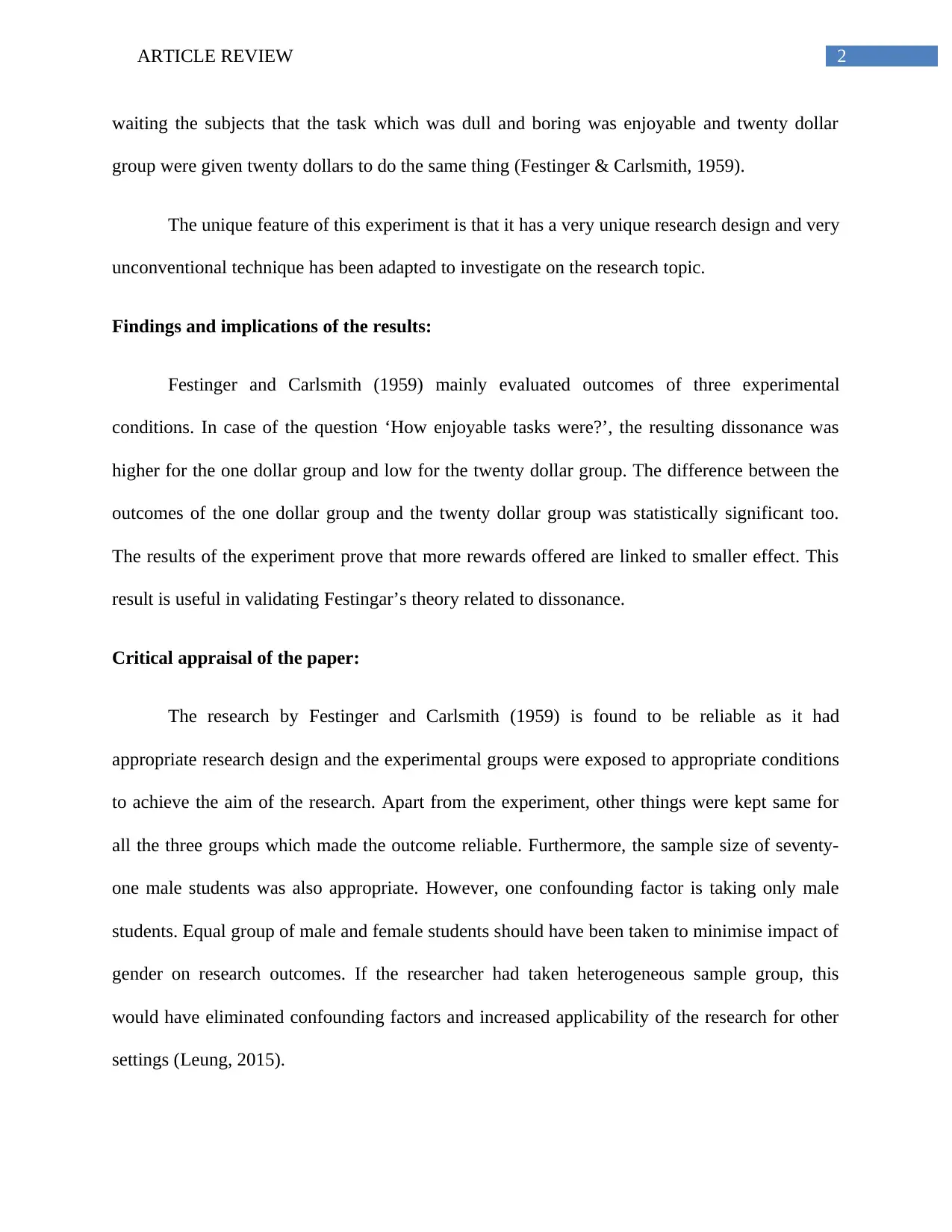

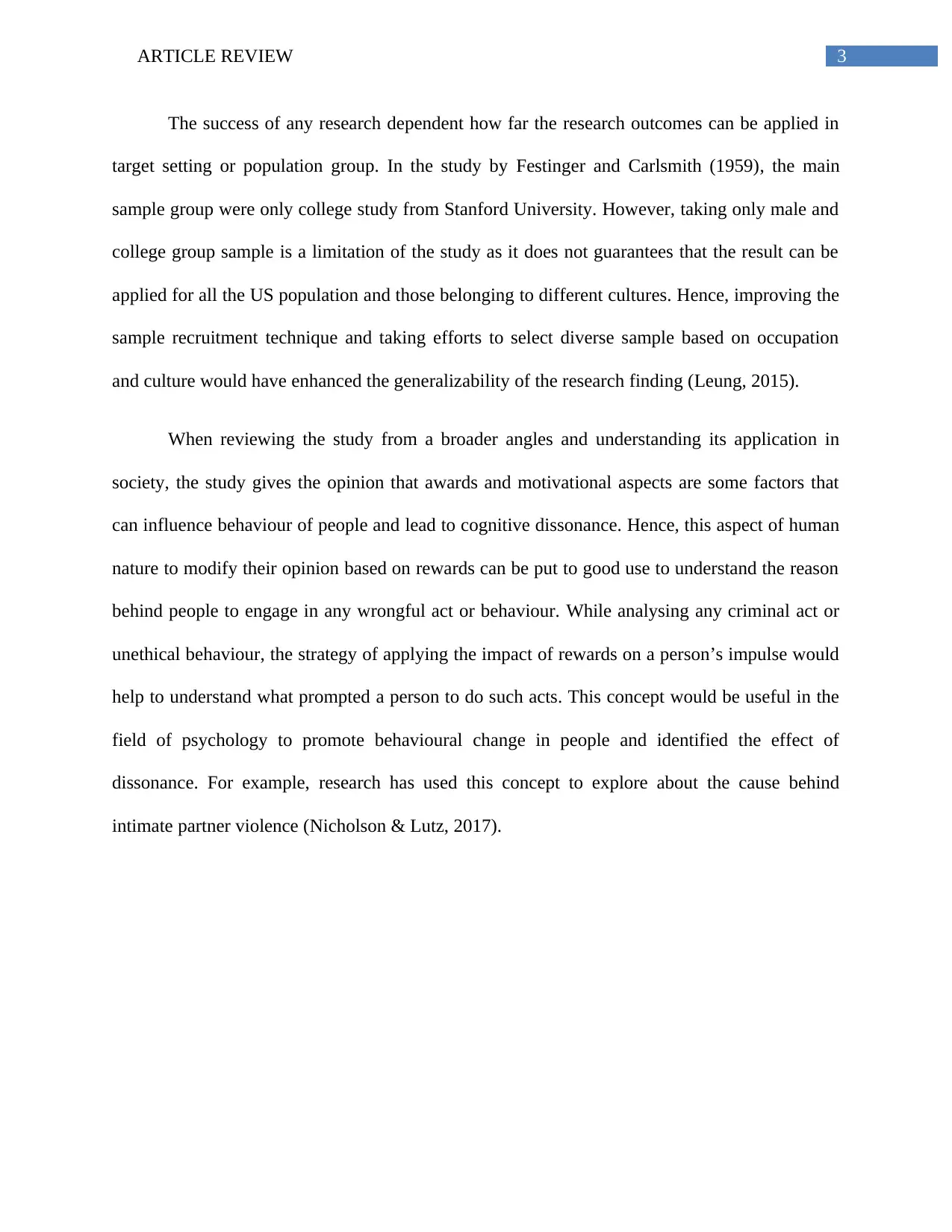
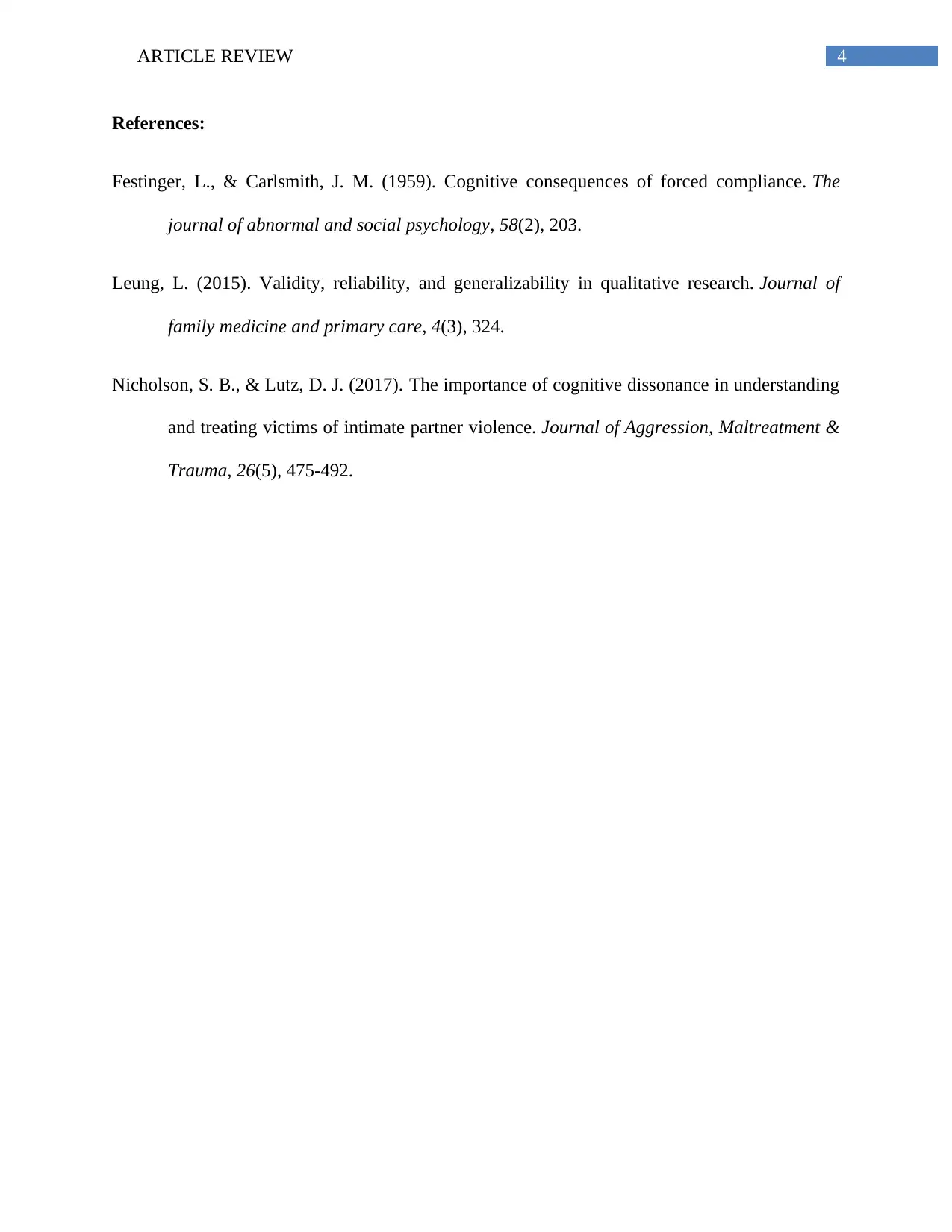





![[object Object]](/_next/static/media/star-bottom.7253800d.svg)